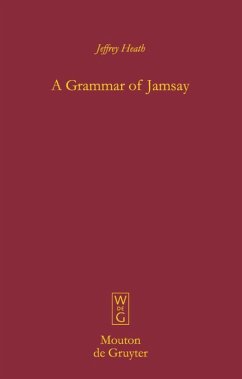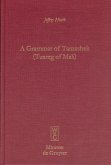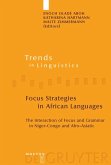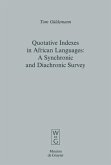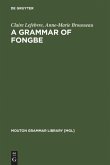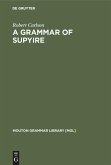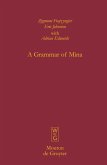Jamsay is the largest-population language among some twenty Dogon languages in Mali, West Africa. This is the first comprehensive grammar of any Dogon language, including a full tonology. The language is verb-final, with subject agreement on the verb and with no other case-marking. Its most striking feature is the morphosyntactically triggered use of stem-wide tone-contour overlays on nouns, verbs, and adjectives. All stems have a lexical tone contour such as H[igh], L[ow]-H, HL, or LHL with at least one H-tone. An exam of tone overlay is tone-dropping to stem-wide all-L. This is used for Perfective verbs (in the presence of a focalized constituent), and for a noun or adjective before an adjective. It is also used to mark the head NP in a relative clause (the head NP is not extracted, so this is the only direct indication of head NP status). The verb in a relative clause is morphologically a participle, agreeing with the head NP in humanness and number, rather than with the subject. "Intonation" is used grammatically. For example, NP conjunction 'X and Y' is expressed as X Y, without a conjunction, but with "dying-quail" intonation on both conjuncts.

